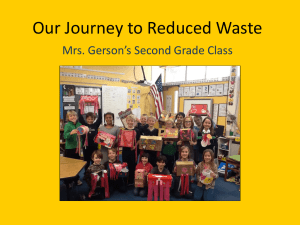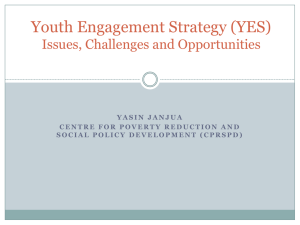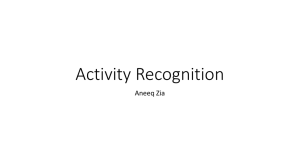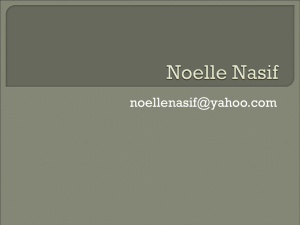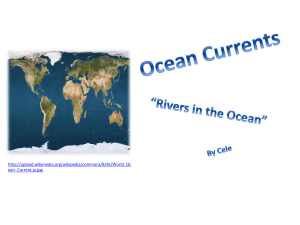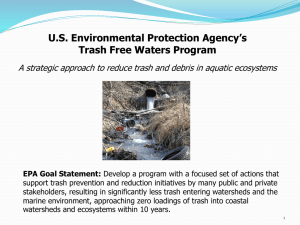Keynote 4
advertisement
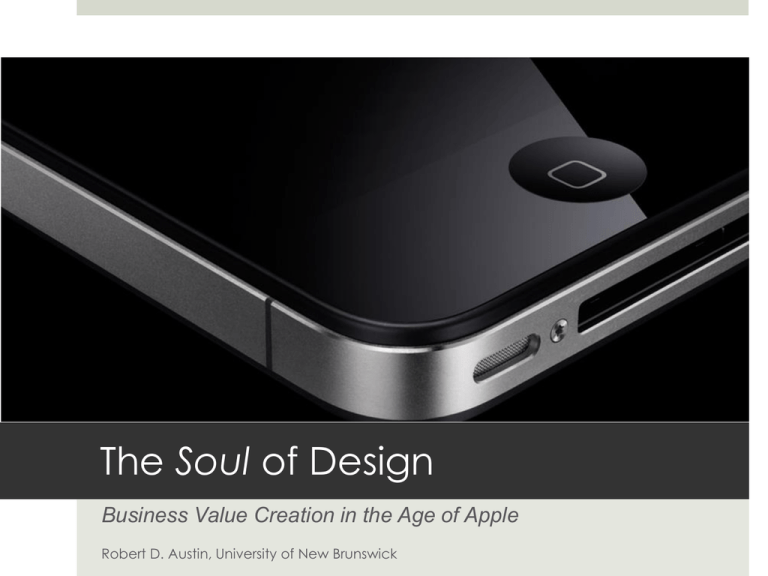
The Soul of Design Business Value Creation in the Age of Apple Robert D. Austin, University of New Brunswick Vipp • Designer Trash Bins – Other upscale home and bath products • Annual growth rate: 30 - 50% • Sample Price Points – 4 liter bin: $200-$250 – 30 liter bin: $500 How does Vipp get people to pay $500 for a trash can? Trash Can as Art Object • “Danish trash bin at Louvre” • “The famous Danish VIPP trash bin will be seen from April 24 at the Paris Louvre” • “…the only trash bin invited to be an art object [at the Louvre]” • “Special music composed for the installation” Some (business) things to notice about the Vipp example… Vipp is about as far as you can get from trying to compete on cost This is not: “Buy mine, it’s just as good but cheaper” Rather, it’s: “Buy mine, it costs more but its better” But better is not a matter of mere function Items normally valued primarily (exclusively?) for their functionality (trash bins, toilet brushes) valued instead for their meaningfulness The B&O MX Series Television Introduced in 1984, retired in 2003, the MX lasted a remarkable 19 years in an industry in which most product models last only a few months “The most beautiful TV in the world” A David Lewis design Price on the market increased when the product was discontinued Apple’s market cap in 2012 Selling more than function… Arne Jacobsen Series 7 chair, by Fritz Hansen Price of wood exported in this form: $955 per metric ton Copyright R. D. Austin, Price of wood exported in this form: $137,500 per metric ton Question: What makes products “special”? Our answer (with a major debt to Aristotle’s Poetics): Coherent form that is accessible and perceived by audience/customers Patterns combine to suggest Trajectories which lead people to anticipate direction and bring to mind Expectations These together create FORM coherent in greater or lesser degree which may or may not be met in Closure Patterns, Trajectories, Expectations, and Closure Combine to Create Form “Coherence” of a product or service A quality exhibited by a well-plotted product (or service). The interdependent parts achieve coherence on the basis of plotting. A coherent arrangement produces resonance among its interactive parts. In a coherent plot, beginnings flow into middles, and middles flow into ends Patterns juxtaposed create trajectories which are resolved in closure An “incoherent” plot is one that has many “loose ends” Patterns without trajectories that flow from them Trajectories never resolved Closure that does not follow from established trajectories Some Implications (ones especially relevant to IEOM…) 1. “Nobody knows anything” When it comes to predicting whether a new made thing will be perceived as special based past experience, “nobody knows anything” (Williom Goldman, talking about predicting the success of movies) Specialness derives from how the parts of a thing fit together with its other parts Therefore, each special thing is special for its own reasons Not because it shares a characteristic with something else or is a certain category Statistically speaking, each special thing is a draw from a different population Broadening De Vany’s conclusions to special things “in general” Hollywood Economics (Arthur De Vany): “movie revenues follow a non-linear dynamics that bifurcates into two separate paths, one leading to long lives and high revenues and the other leading to brief lives and low grosses” Paretian model, non-Gausian distributions, with undefined expectations and standard deviations “In a Gaussian world there would be no films like Titanic, Gone with the Wind, or Star Wars…[In a Paretian world], an average differs from an expectation. Averages of key variables are unstable over time. Expectation may not even exist. And the variance is infinite. There is room for extraordinary movies like Titanic and even higher grossing movies in the “heavy” upper tail of the stable Paretian probability distribution” 2. Variation is a Source of Innovation A challenge to the reflexive tendency to reduce process variation "Invention is by its very nature a disorderly process," says [3M] CEO George Buckley…"You can't put a Six Sigma process into that area and say, well, I'm getting behind on invention, so I'm going to schedule myself for three good ideas on Wednesday and two on Friday. That's not how creativity works.”– “3M’s Innovation Crisis” by Anthony Bianco, BusinessWeek “There is no doubt that the application of…programs … such as ISO 9000 and Total Quality Management, has been one of the most important business trends of past decades. But … [eventially], the onus shifts to growth and innovation, especially in today's idea-based, design-obsessed economy. While process excellence demands precision, consistency, and repetition, innovation calls for variation, failure, and serendipity.” Bianco in BusinessWeek 3. Marketing is (Partly) Educating The problem: A coherent form might not be perceived as coherent, thus will not be considered special, if audience or customers can not perceive the form well enough to see its coherence People might not be familiar with patterns in the made thing The Rite of Spring at its opening Original forms are, by definition, unfamiliar raustin@unb.ca
